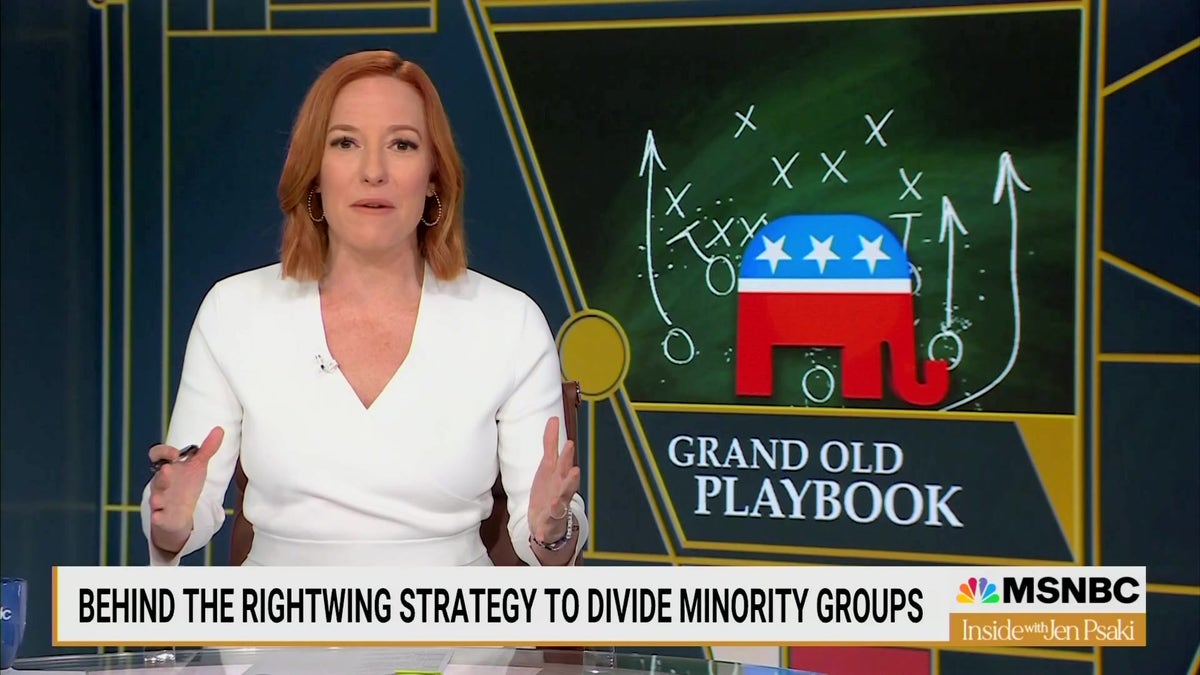The recent surge in popularity of country singer Luke Combs' cover of Tracy Chapman's 1988 hit "Fast Car" has ignited a discussion about the media's tendency to inject racial narratives into artistic achievements. Critics argue that outlets like the Washington Post have unnecessarily complicated Combs' success by highlighting Chapman's identity as a "Black, queer woman." The Post suggested that Chapman herself would have faced an uphill battle in the country music scene, a notion that commentators like Judge Jeanine Pirro find baseless, especially given Chapman's own positive response to Combs' rendition.

Chapman expressed her gratitude for the song's renewed popularity and congratulated Combs on his success. Combs reciprocated the sentiment, acknowledging the renewed attention Chapman has received. Commentators like Dana Perino believe that the media often manufactures outrage for profit, creating divisions where none need exist. They point to recent changes in Associated Press style regarding capitalization of racial terms as further evidence of this trend. Perino argued that the media missed an opportunity to celebrate the cross-cultural exchange represented by a white country artist covering a Black artist's pop song.

This isn't an isolated incident. Examples abound of artists from diverse backgrounds covering each other's work, such as Darius Rucker's successful country rendition of "Wagon Wheel" and Cole Swindell's incorporation of Jo Dee Messina's "Heads Carolina, Tails California" into his hit song. Even cross-genre covers are common, like Jimmy Buffett's take on Van Morrison's "Brown Eyed Girl." These instances often benefit the original artists, both in terms of recognition and royalties, as noted by commentators on "The Five." Jesse Watters highlighted other instances of what he considers manufactured controversy in media headlines, emphasizing the perceived absurdity of injecting race and identity politics into seemingly unrelated topics. Watters, a self-proclaimed fan of Chapman's music, stated that her race and sexuality were irrelevant to his appreciation of her artistry.









